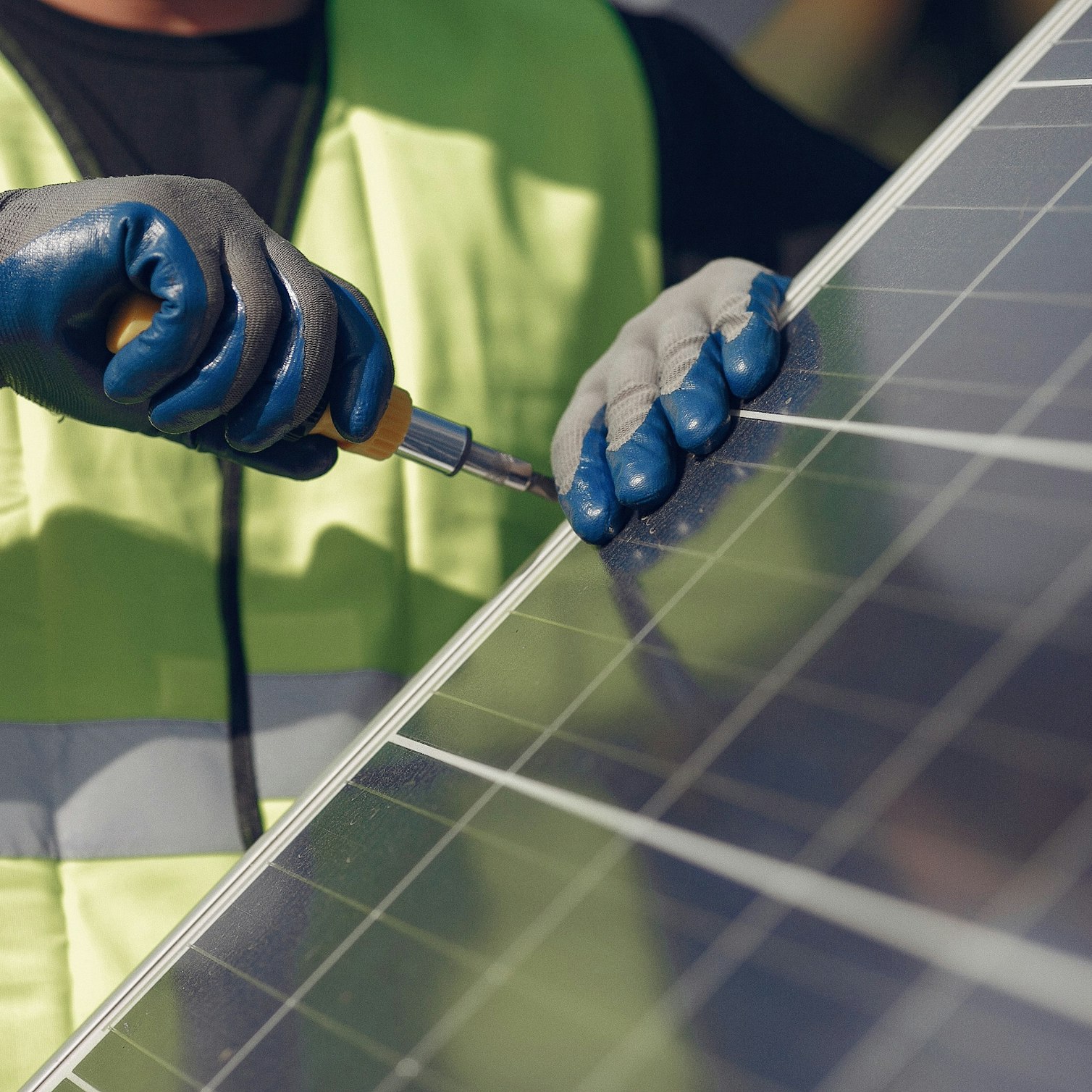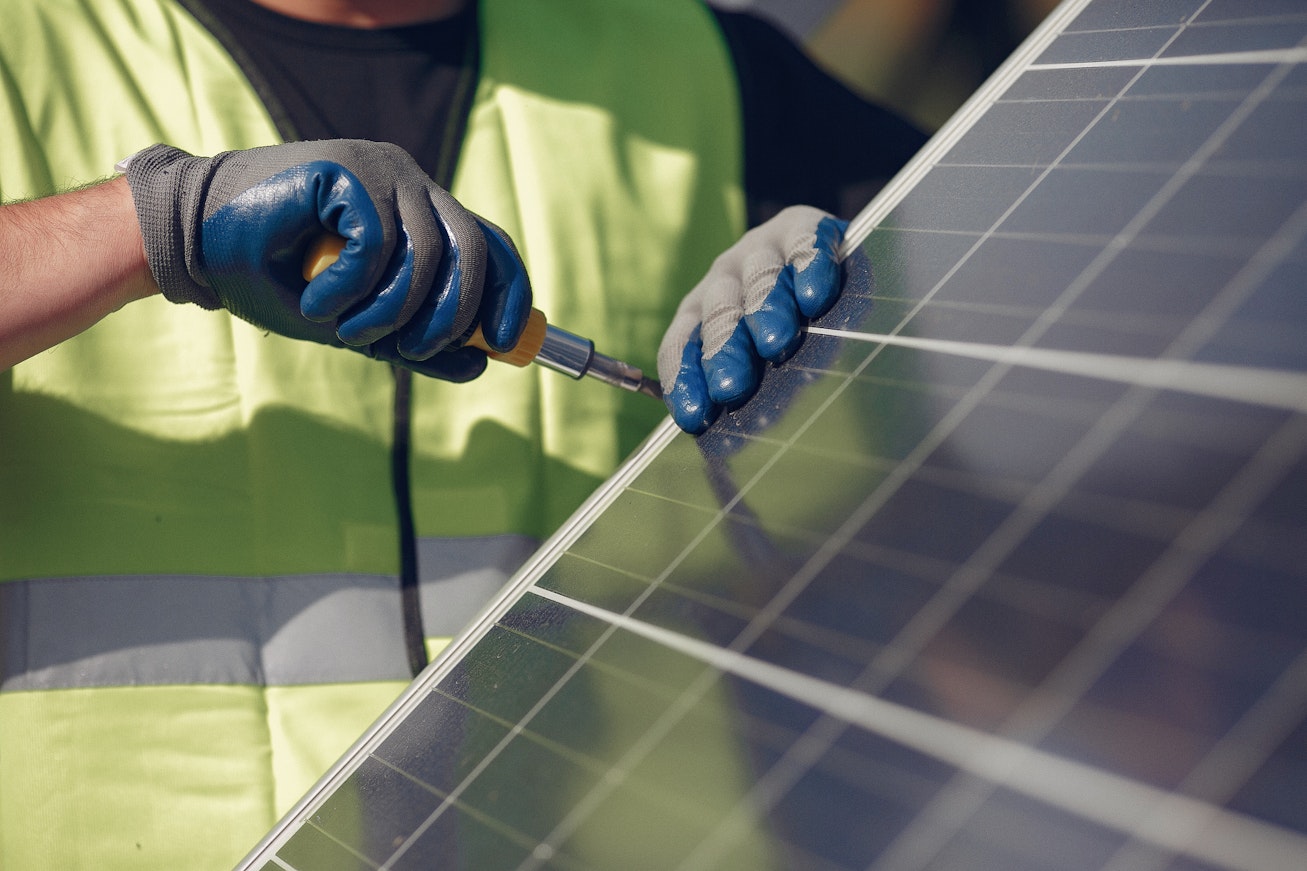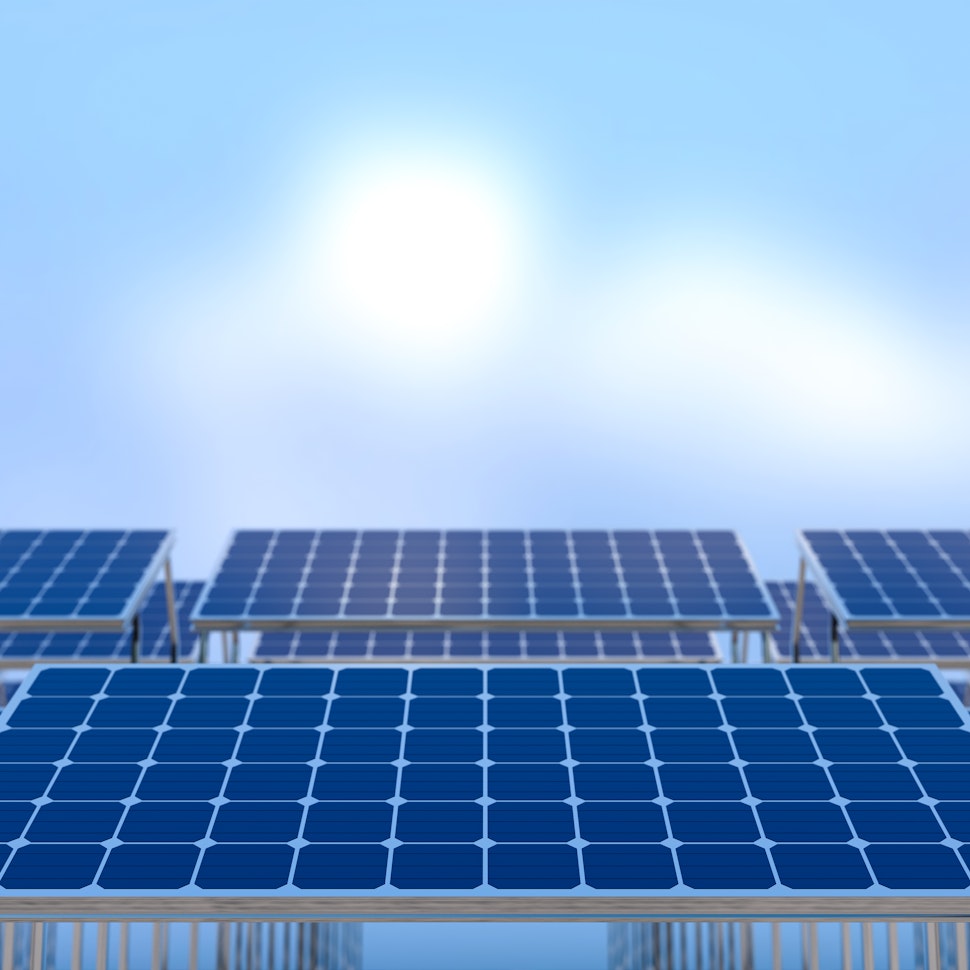- Solar energy blog
- The refurbishment of a PV plant that has passed its expected lifetime
The refurbishment of a PV plant that has passed its expected lifetime
Maïlys Babin

One of the major costs associated with producing solar energy is the cost of the equipment required. Installation costs represent a significant portion of renewable energy spend, as many of the components and expertise required to construct a photovoltaic (PV) plant are expensive and difficult to obtain.
In order to keep costs down, more PV plant owners are looking into the viability of refurbishing existing equipment after it has passed its expected lifetime, rather than replacing the systems in their entirety. This is a smart move in theory. However, in practice, it may not always be the case that refurbishment presents the most cost-effective solution for extending the lifespan of a PV plant.
In this blog, we dive into the viability of refurbishing existing PV plant equipment compared with replacing components outright.

The case for refurbishment
Refurbishing and repairing existing PV equipment is appealing for a number of reasons.
Environmental impact
Replacing whole pieces of equipment will come with a far higher environmental burden than making repairs. Instead of replacing or refurbishing individual components, often in-house, plants need to source whole new pieces of equipment that come with a far greater associated cost and environmental impact to manufacture and ship.
This is without considering the environmental impact of building entirely new plants to replace those that have passed their expected lifetimes.
Mitigates output loss from equipment failures
By repairing equipment that is not functioning optimally, rather than waiting until the equipment has failed to replace it, plants are able to keep their output levels maximal throughout the lifetime of their equipment.
A failure in an inverter or breaker can cut plant output by 100%
… while fuse failures can lead to a 50% drop in output.
On top of this, individual tracker failures and curtailment may result in a 20 - 30% drop in a plant’s output.
This highlights the need for equipment to be in good working order. A proactive repairs and maintenance approach can ensure that plants are keeping their equipment in good condition, mitigating any drops in output from unexpected failures.
Refurbishment has already been successful
In 2015, Germany’s first large-scale PV plant was refurbished. This plant was first constructed in 1983, meaning that it has been operational for 40 years. One of the common criticisms levied against the renewable energy industry is that the longevity of the equipment is too short. However, this project has shown that with correct upkeep and repairs, PV plants can operate for many years and continue to output high amounts of energy.
It has also been seen that while newer and larger PV plants are more efficient, older plants show an increase in their efficiency after about 7 years. This tells us that although older plants may be unable to keep up with newer technologies, refurbishment of existing equipment can yield significant and lasting results in energy output if properly managed.
The case for replacement
Now we’ve looked at some of the arguments for the refurbishment of PV equipment, let’s explore why the replacement of these plants might be a better option.
Cost
It might seem intuitive that repairing failing equipment is a significantly cheaper option than replacing it outright. However, this is not necessarily the case.
The cost of refurbishing a PV plant could be approximately $500/kW, rising to over $750/kW if the system has suffered storm damage. In cases of damages like this, it might be more cost-effective to simply replace the plant in its entirety rather than sink a huge amount of money into repairing a failed system.
Further to this, repairing defective modules makes little economic sense, especially in light of the massive drop in module prices. It is often far more cost-effective to replace these modules outright, rather than spend time and resources in repairing them.
Newer technologies are more efficient
Renewable energy technologies are improving all the time — becoming cheaper, easier to produce, and improving output and efficiency. The compromises made on efficiency and output when refurbishing older technologies are not always worth the trade-off when it comes to cost.
Instead, it may make more sense to replace failing plant systems with the newest technologies, not only to increase output today but also into the future.
Hidden constraints
Since refurbishment is effectively increasing the planned lifetime of a PV plant, there are extra considerations that need to be taken into account when undertaking a refurbishment project.
When refurbishing, the power purchase agreement will have to be renegotiated and extended, new interconnection agreements approved, and permits renewed. All of these extra steps can significantly slow down the refurbishment of a plant, as well as cause costs to skyrocket.

Refurbishment can be a huge job
It is tempting to think of refurbishment as something that can be done quickly and easily. After all, the foundations of the plant are already in place and all that needs to be done is to update the existing equipment. And yet the full refurbishment of a PV plant can be an incredibly involved process.
Bringing an older plant in line with newer technologies and up to viable output levels requires the wholesale replacement of obsolete equipment, replacing failed modules with compatible PV modules, as well as installing new inverters, fuses, gaskets, and tracking parts, among other things. A complete overhaul of the plant layout may also be needed, along with the removal of vegetation, improvements to ground cover, and stormwater runoff systems put into place.
The verdict?
Refurbishing a PV plant is not a simple task and requires a significant amount of planning, investment, time, and skilled labor to accomplish. Therefore, when it comes to choosing between refurbishing or replacing a PV plant, there are many aspects to take into account such as the condition of the equipment, the age of the material, the costs of raw materials and local incentives. This blog has gone through the main aspects that need to be considered.
Thus, there is no definite answer on which solution is best, it will depend on the situation. Extending the life of the plant has many advantages and should always be considered, but it will not always be the most cost-effective solution.
For more renewable energy insights and news, head over to the RatedPower blog and resources hub to learn more.
Latest stories
Related posts
Technology and engineering
Innovation in renewable energy: Developments expected in 2025
We look at the 10 biggest renewable industry developments that are making a green future possible, including perovskite solar cells, green hydrogen, and more.
Updated 18 MAR, 25

Technology and engineering
What the future holds for the longevity and efficiency of solar panels
Tests done by the French photovoltaics group Hespul showed that the panels, installed in 1992, are still operating at an astonishing 79.5% efficiency. Read on to find out more.
Updated 4 MAR, 25

Technology and engineering
Concentrated solar: An unlikely comeback?
Once described as obsolete, the concentrated solar power market ballooned to $53 billion in 2023 and is still growing. Here’s why CSP is making a comeback.
Updated 12 NOV, 24

- RatedPower
- Solar energy blog
- The refurbishment of a PV plant that has passed its expected lifetime
